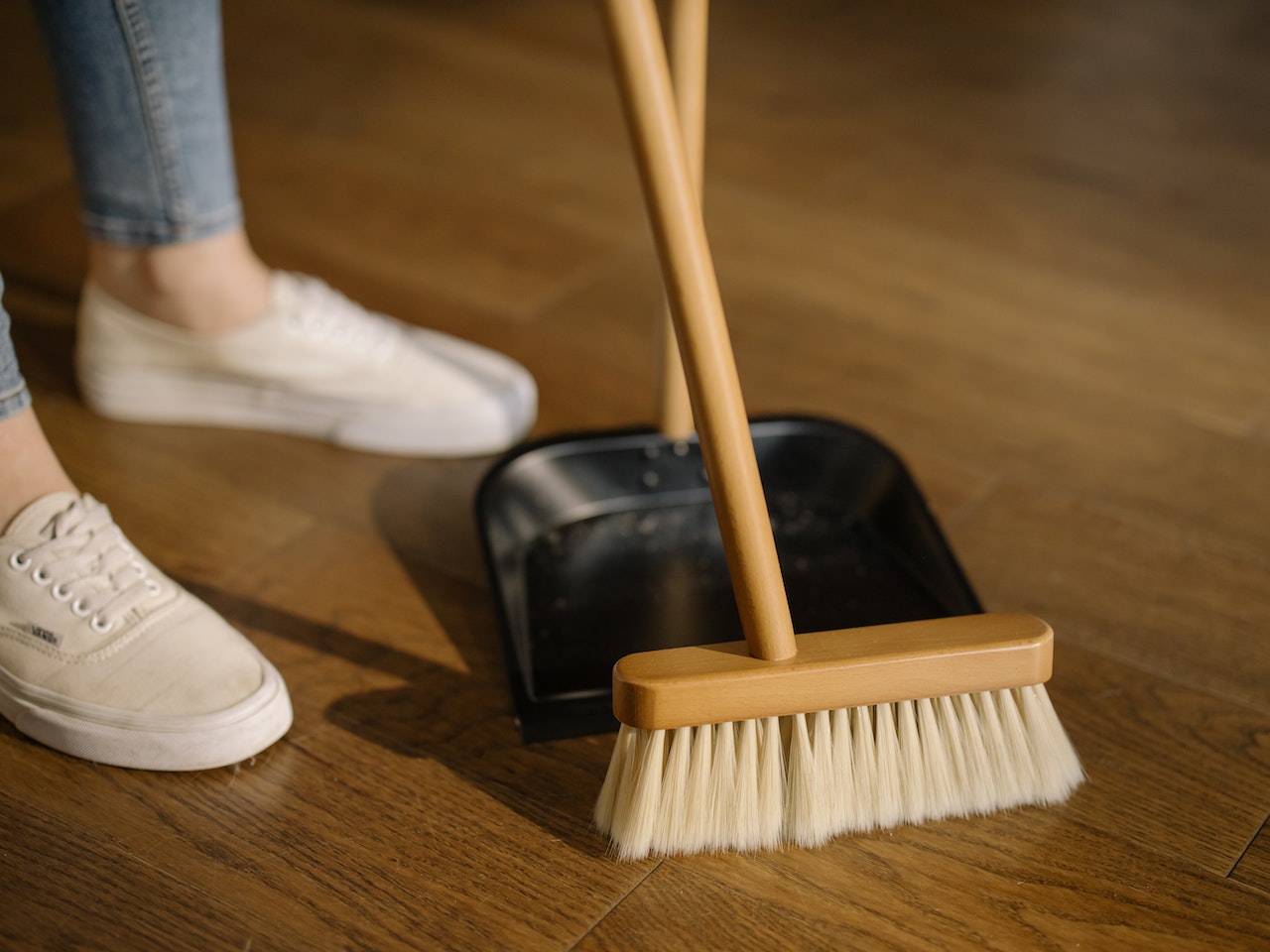
Sustainable spring cleaning: How to maintain your home and environment
Spring is the perfect time to refresh and maintain a healthy home environment. However, it’s important to consider the impact of our cleaning routines on the environment.
This post will discuss sustainable cleaning practices and how to incorporate them into your spring cleaning routine. We’ll also introduce the concept of drain jetting and how it can be used for sustainable drain cleaning.
1. Buy Sustainable Cleaning Products
Using sustainable cleaning products is a great way to maintain a healthy home and reduce your impact on the environment. Several options include vinegar, baking soda, and eco-friendly cleaning solutions. When choosing cleaning products, look for ones free of harmful chemicals and come in recyclable packaging. You can also consider making your cleaning solutions using natural ingredients. For example, mixing vinegar and water in a spray bottle can clean surfaces and remove stains.
2. Energy-Efficient Cleaning Practices
Energy-efficient cleaning practices help reduce your carbon footprint and save you money on your utility bills. You can start by washing clothes in cold water and air-drying them instead of using the dryer. You can also consider using a vacuum cleaner with a high-efficiency particulate air (HEPA) filter to reduce indoor air pollution. Additionally, you can clean your windows and mirrors using newspaper instead of paper towels.
3. Green Spring Cleaning Tips for Outdoor Areas
Spring cleaning isn’t just about the inside of your home, it’s also about taking care of your outdoor spaces. Here are some green spring cleaning tips for your outdoor areas:
- Compost yard waste: Instead of throwing away garden waste like grass clippings, leaves, and twigs, consider starting a compost pile. Composting helps reduce landfill waste and provides nutrient-rich soil for your garden.
- Use a broom instead of a hose: When cleaning your outdoor areas, use a broom to sweep away dirt and debris. This saves water and is more energy-efficient.
- Plant native plants: Consider planting native plants in your yard. Native plants are better adapted to the local climate and require less water and maintenance than non-native plants.
- Avoid chemical pesticides and fertilizers: Chemical pesticides and fertilizers can harm beneficial insects and animals and contaminate groundwater. Instead, opt for organic pest control and fertilizers.
- Wash your car on grass: When washing your car, park it on the grass instead of the driveway. The grass will absorb the soap and water this way instead of running off into the street.
By incorporating these green spring cleaning tips into your outdoor cleaning routine, you can maintain a beautiful yard while reducing environmental impact.
4. Drain Jetting for Sustainable Drain Cleaning
Drain jetting is an effective and eco-friendly way to clean your drains. This process involves high-pressure water to remove blockages and buildup in your drains without harmful chemicals. Drain jetting helps eliminate clogs caused by food waste, hair, and grease. Using drain jetting instead of chemical drain cleaners can reduce your environmental impact and prevent damage to your pipes.
5. Recycling and Waste Reduction
Recycling and waste reduction are essential elements of a sustainable cleaning routine. When decluttering your home, consider donating unwanted items to a local charity instead of throwing them away. You can also recycle old electronics, batteries, and light bulbs. Additionally, you can reduce waste by using reusable cleaning cloths and sponges instead of disposable ones.
Conclusion
By incorporating sustainable cleaning practices into your spring cleaning routine, you can maintain a healthy home and reduce your impact on the environment. Using sustainable cleaning products, energy-efficient cleaning practices, and drain jetting for sustainable drain cleaning are just a few ways to get started. Remember also to prioritise recycling and waste reduction during your spring cleaning. With these tips, you can create a healthier and more sustainable living space.


